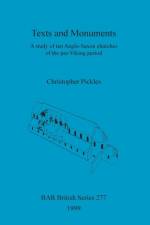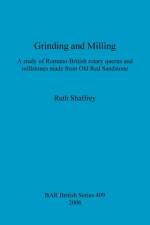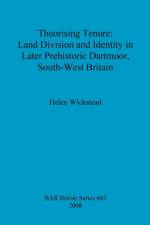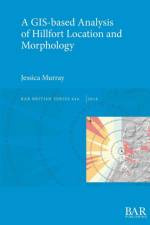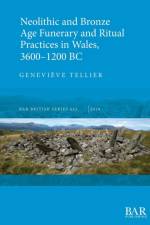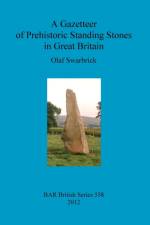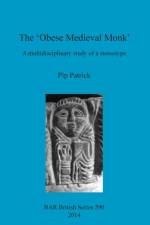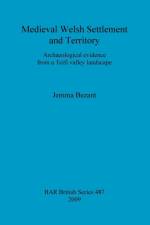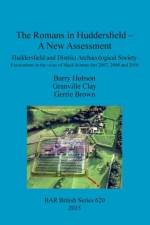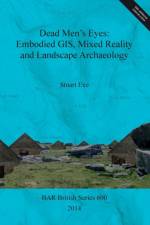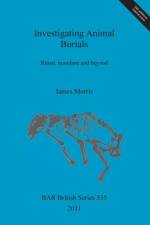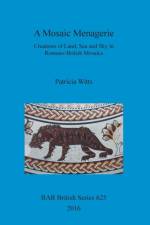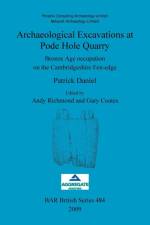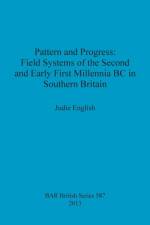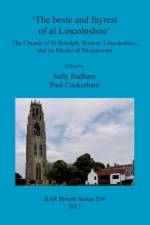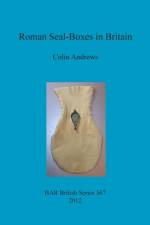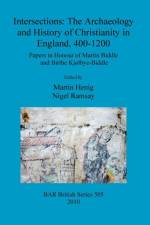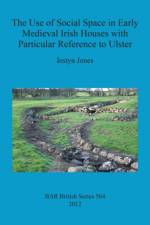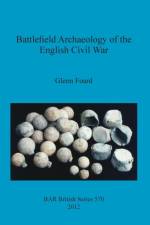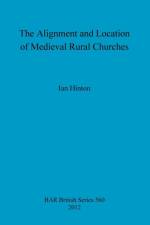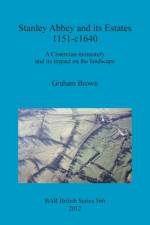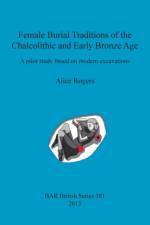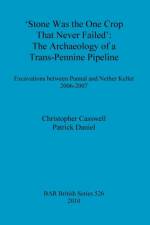- The Church of St Botolph, Boston, Lincolnshire, and its Medieval Monuments
1 051
Using a quotation from the English antiquary John Leland (c. 1503-1552) as their inspiration, the editors provide a fresh look at the monuments of Boston Lincolnshire (eastern England), and in particular the parish church of St Botolph's. Modern-day Boston is a small, sleepy market town, with little of its industrial enterprises having survived into this century, and is nowadays chiefly of importance as a shopping centre for its rich agricultural hinterland. Almost alone of the landmarks of Leland's Boston, St Botolph's remains as a testament in stone to Boston's glory days. It is the tallest parish church tower in the world, with a height of 83m. The nave is 74m long and 32m wide, larger than many cathedrals. This volume results from a 'Study-Day' organised at Boston by the Monumental Brass Society in May 2009 and forming part of the programme to celebrate St Botolph's 700th anniversary. In addition to the papers presented on the day, others have been specially commissioned to give a thorough overview of the town in the later Middle Ages, the architectural history of St Botolph's, the religious guilds which played such an important part of the lives of the townsfolk and, above all, the monuments. To this has been added a detailed illustrated catalogue of the medieval monuments. This book was shortlisted for the 'Flora Murray' prize, an award made annually by the Society for Lincolnshire Archaeology and History, and awarded the 'Certificate of Excellence' at the Society's AGM held in Kirton-in-Lindsey, north Lincolnshire, on Saturday June 15th, 2013. 'As Sally Badham points out in her introduction to this superb volume, St. Botolph's has one of the most important parish church floors in England, having lain relatively undisturbed across the centuries... With great mastery, Stephen Rigby takes us through Boston's rise and decline as a trading port, and through its general history and governance... Linda Monckton greatly enhances our understanding of the architecture of the parish church of St. Botolph's by placing it within a regional context.... Sally Badham's account of these guilds provides the third contextual study... These three contextual chapters do far more than offer background for the study of the monuments. They are significant studies in their own right. Inevitably, however, it is the studies of the monuments themselves that are the heart of the book. Paul Cockerham's chapter on the incised slabs is an important study, elegantly written and eminently quotable... We then turn to the brasses and indents under the expert guidance of Sally Badham, who brings her enviable skills as a detective to bear on the evidence, as well as her unrivalled knowledge of workshops.... One final comment needs to be made. The quality of this book reflects the increasing sophistication in the study of these monuments over recent decades, and the leap in knowledge, understanding and appreciation as a result. It is striking just how much ground-breaking work by members of the Monumental Brass Society, past and present, is cited in the footnotes. The Society is itself a great fellowship, as successful in its own way as any of the medieval guilds.' ('Transactions of the Monumental Brass Society', Volume XVIII, part 5 (2013), 504-7)

